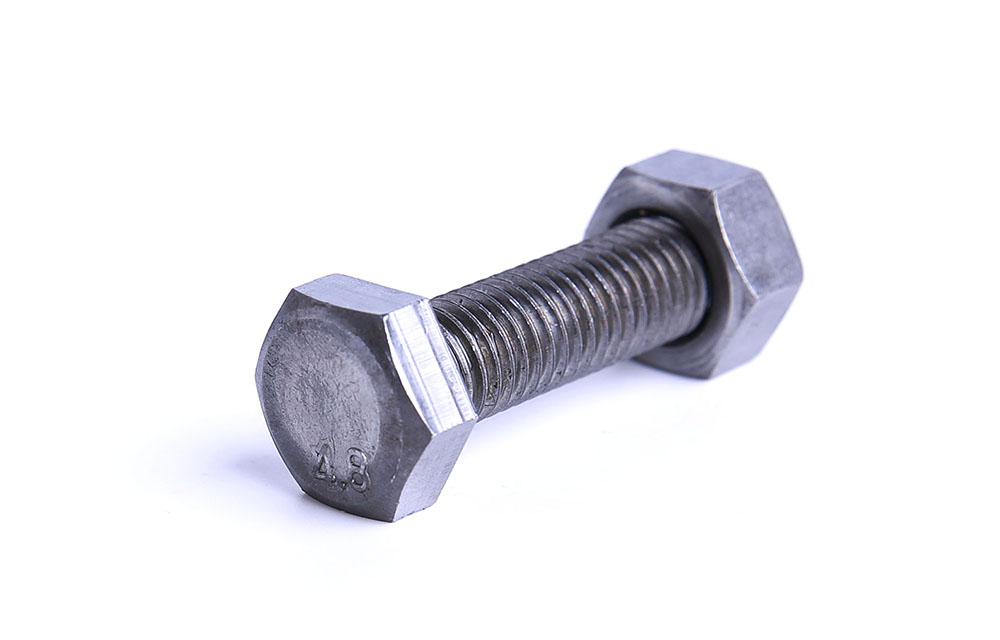
A hexagon bolt (also known as a hex bolt or hexagonal head bolt) is a type of fastener with a hexagonal head and a threaded body. It's one of the most commonly used bolts in industrial and construction applications due to its versatility and ease of use.
Shape:
The head of the bolt is hexagonal (six-sided), which allows it to be tightened or loosened using a wrench or socket.
The threaded shaft extends along the bolt, allowing it to fasten into a nut or tapped hole.
Material:
Typically made of carbon steel, stainless steel, alloy steel, or brass, depending on the application and required strength.
Can be coated or plated for corrosion resistance (e.g., zinc-plated, galvanized, or black oxide).
Thread Type:
Metric or imperial threads (UNC/UNF) depending on the regional standards.
Full-threaded or partial-threaded variants are available based on the fastening needs.
Strength Classes:
Common strength classes include 8.8, 10.9, and 12.9 for steel bolts, which indicate the material's tensile strength and hardness.
Higher strength bolts are used in high-stress applications, such as structural or mechanical assemblies.
Applications:
Used in a wide range of industries, including construction, automotive, machinery, and furniture manufacturing.
Suitable for applications where high-strength fastening is required, such as securing parts to machinery or structural assemblies.
Standards:
Common standards for hex bolts include DIN 933 (Germany), ISO 4017 (International), ANSI/ASTM B18.2.1 (USA), and BS 1083 (UK).
Ease of Use: Hexagonal head design makes the bolt easy to install and remove using standard tools like wrenches or sockets.
High Strength: Available in various grades for different strength requirements.
Versatility: Suitable for both light and heavy-duty applications.
Hexagon bolts are commonly paired with hex nuts, washers, and other hardware to ensure a secure and reliable fastening.
